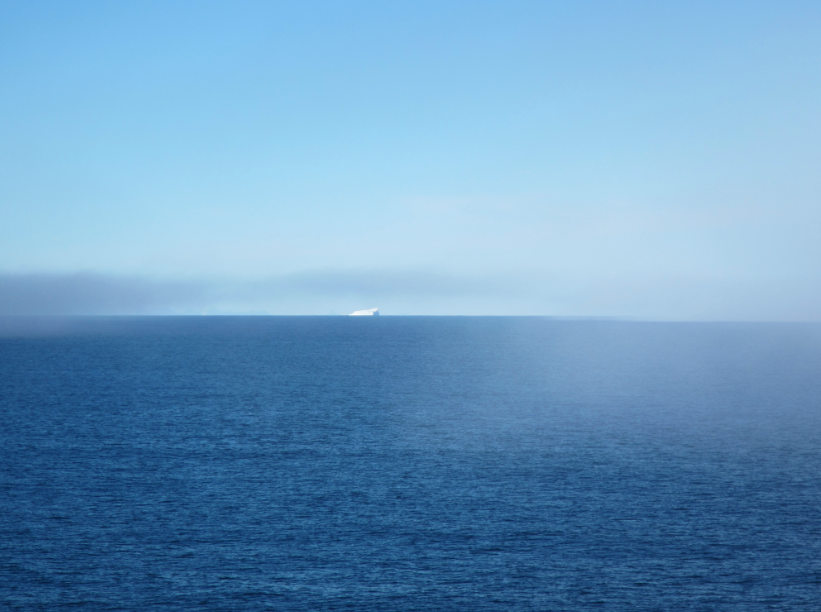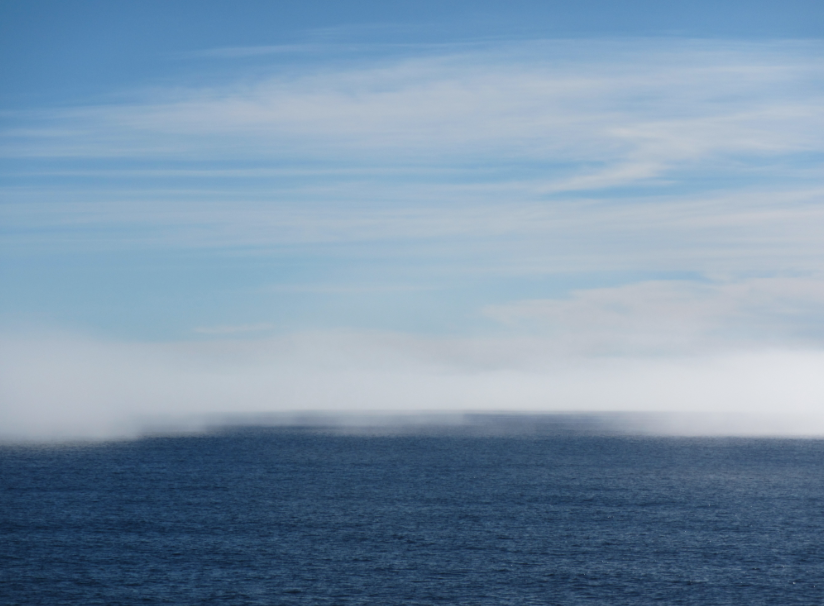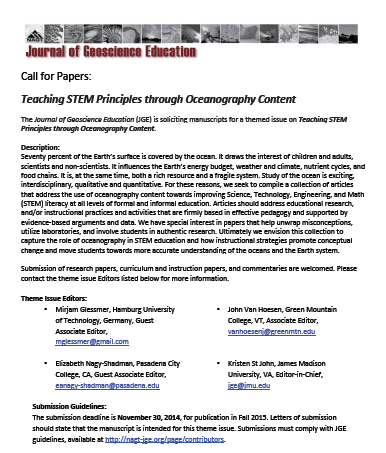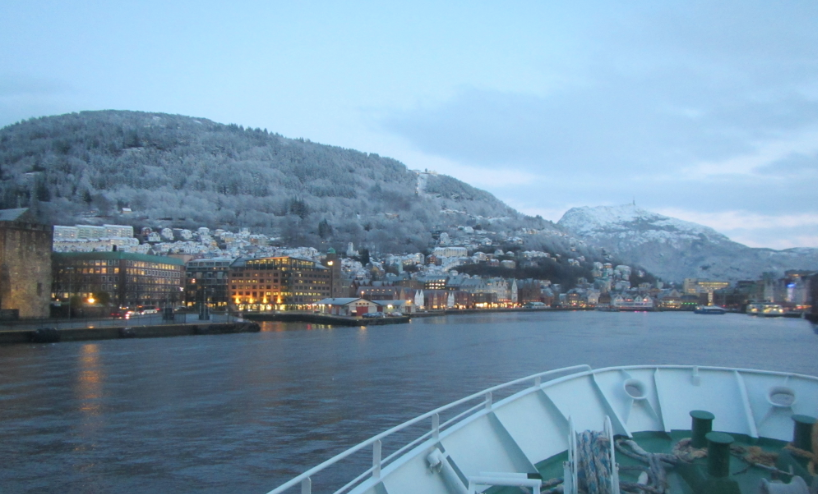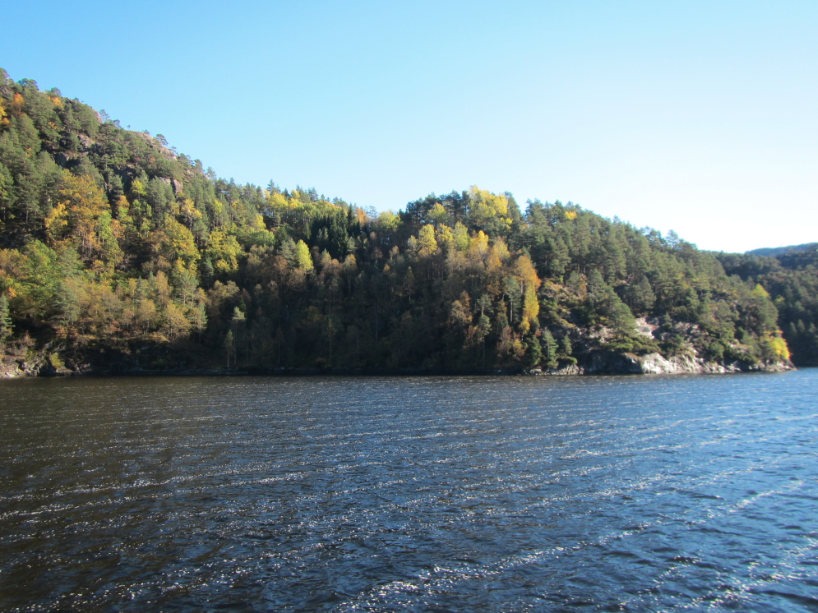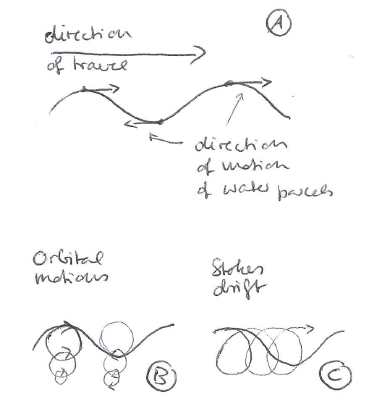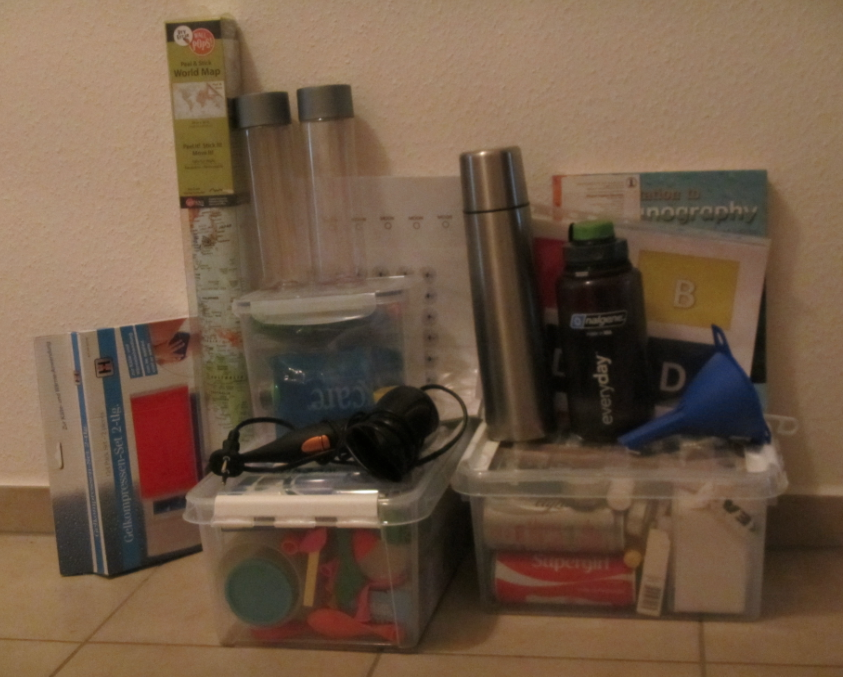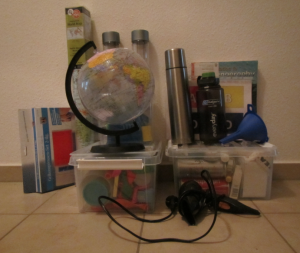How I see blogging as helpful tool for my professional development.
Before I go into how blogging helps with my professional development, there is one very important fact that I want to state very clearly: This blog is first and foremost a hobby that I do in my free time for my own pleasure, because it is the greatest excuse of all to just play with water and dye and all the other things I want to play with.
But I have come to realize that blogging is a tool that can totally be used for professional purposes, even when done in a very low-key, non time-intensive way like this blog is.
So what are the advantages of blogging for me?
Blogging made me more aware of everyday examples of oceanographic processes that I could use in class. After I began blogging, I started noticing everyday concepts that can be related to oceanography a lot more consciously. Looking at puddles, I noticed how waves moved on them or ice formed. Looking at a spoon in a glass, I noticed refraction in different media. I would probably have noticed those things before, but only in passing, and I would have forgotten about them 10 seconds later. Now, I stop, take a picture with my phone, and spend a couple of minutes writing a text about them after I get home that night. This little extra effort helps me in two ways: Being aware that this specific example could be useful in future teaching, and actually having a documentation that I can build on in my class (i.e. my blog post and a couple of pictures). Plus I really enjoy noticing oceanography everywhere.
Another advantage of blogging is the community it provides. This sounds funny seeing that I write blog posts alone at home, but blogging has opened a new community that is interested in talking about teaching and/or oceanography (in many cases in both, but with different degrees of interest in either of the two). So many people read what I post, and talk to me on the corridor at work, via email, when I meet them in person, in all kinds of settings. Apart from occasionally sharing pictures of cool experiments on facebook or dragging friends down to the lab, I did not have that kind of community available to exchange ideas with before I started blogging.
In addition to giving me community in my peer group, blogging has made me a lot more visible to colleagues both at my institution and at other institutions as someone who is interested in teaching, and more importantly, in discussing teaching and striving to improve it. This has already now, a couple of months into blogging, lead to invited talks. And I am hoping this trend will continue!
And then blogging helps me to make time to reflect about topics tangentially related to my teaching that I want to spend time thinking about, but would not make time for if I was “just thinking” rather than sitting at my desk and writing down my thoughts in a semi coherent manner. Now I jot down topics in a designated spot as they pop up in my head, and make time for most of them the weekend after, or the one after that. Even just writing down random topics I want to think about would not happen if it wasn’t for my blog, so this point is one that I really enjoy about blogging.
As an addendum to the previous two points, blogging ensures I have thought about a topic at enough depth that the critical readers (yes, they are out there! and they are giving me feedback!) don’t find huge holes in my reasoning at the very first glance. Calling this peer-review is an overstatement, but at least it gives me some sort of feedback mechanism before I walk into a class and test new materials.
How about you? Are you blogging? Then please point me towards your blog! Are you not? But are you interested in a guest post here? Let me know and we can set something up!

